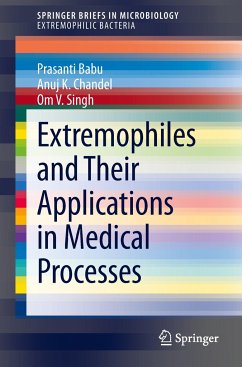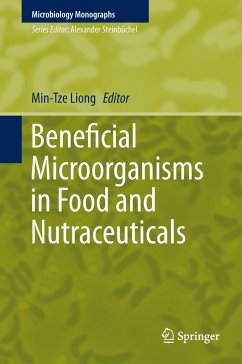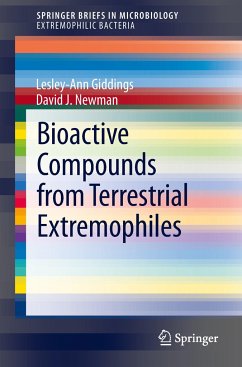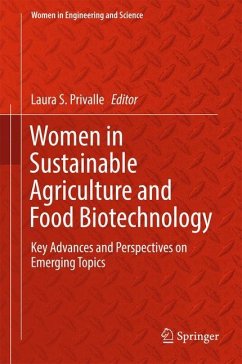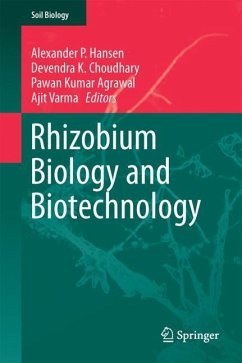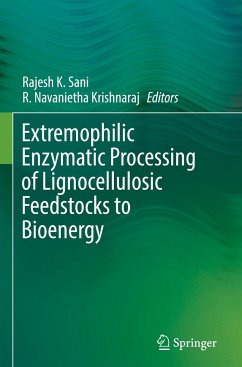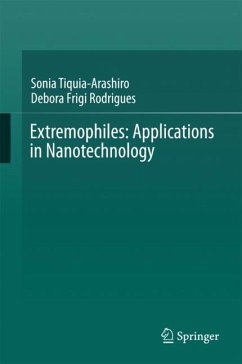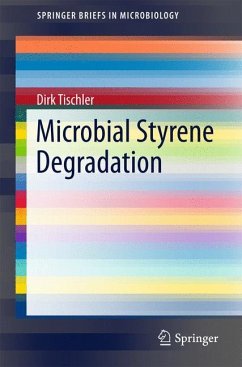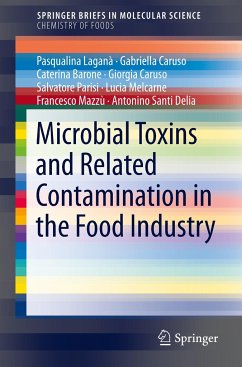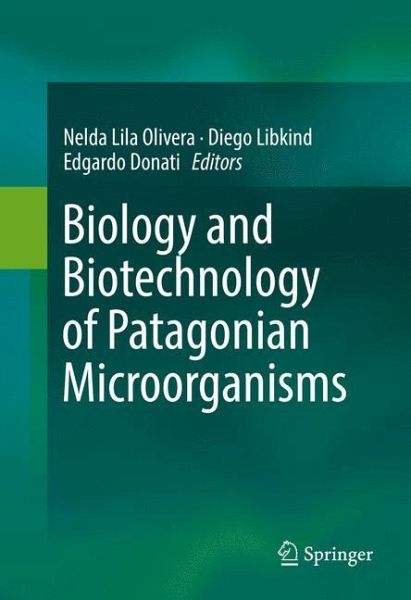
Biology and Biotechnology of Patagonian Microorganisms

PAYBACK Punkte
57 °P sammeln!
The Argentinean Patagonia offers a great diversity of scarcely explored environments suitable for the bioprospection of biotechnological relevant microorganisms. This book provides readers with a concise and clearly illustrated treatment of outstanding topics of Patagonian microbiology and biotechnology. It covers a wide range of areas interesting to several audiences such as researchers, graduate students and professionals working on the industry food. Among the main topics we will discuss examples of environmental applications, such as heavy metal and hydrocarbon bioremediation, bioprospecti...
The Argentinean Patagonia offers a great diversity of scarcely explored environments suitable for the bioprospection of biotechnological relevant microorganisms. This book provides readers with a concise and clearly illustrated treatment of outstanding topics of Patagonian microbiology and biotechnology. It covers a wide range of areas interesting to several audiences such as researchers, graduate students and professionals working on the industry food. Among the main topics we will discuss examples of environmental applications, such as heavy metal and hydrocarbon bioremediation, bioprospection of valuable molecules from extremophilic bacteria and yeasts, the use of Patagonian yeasts and lactic acid bacteria in fermented foods and beverages, aquaculture probiotics and yeasts for food biopreservation.



